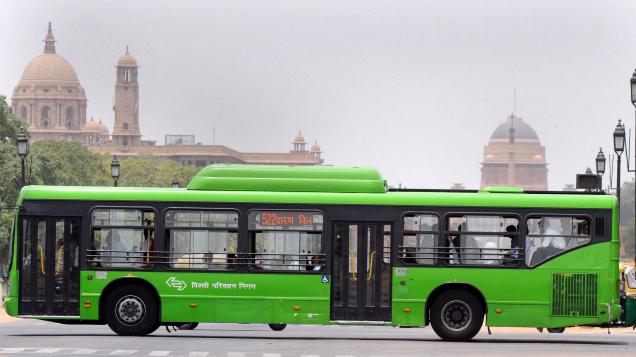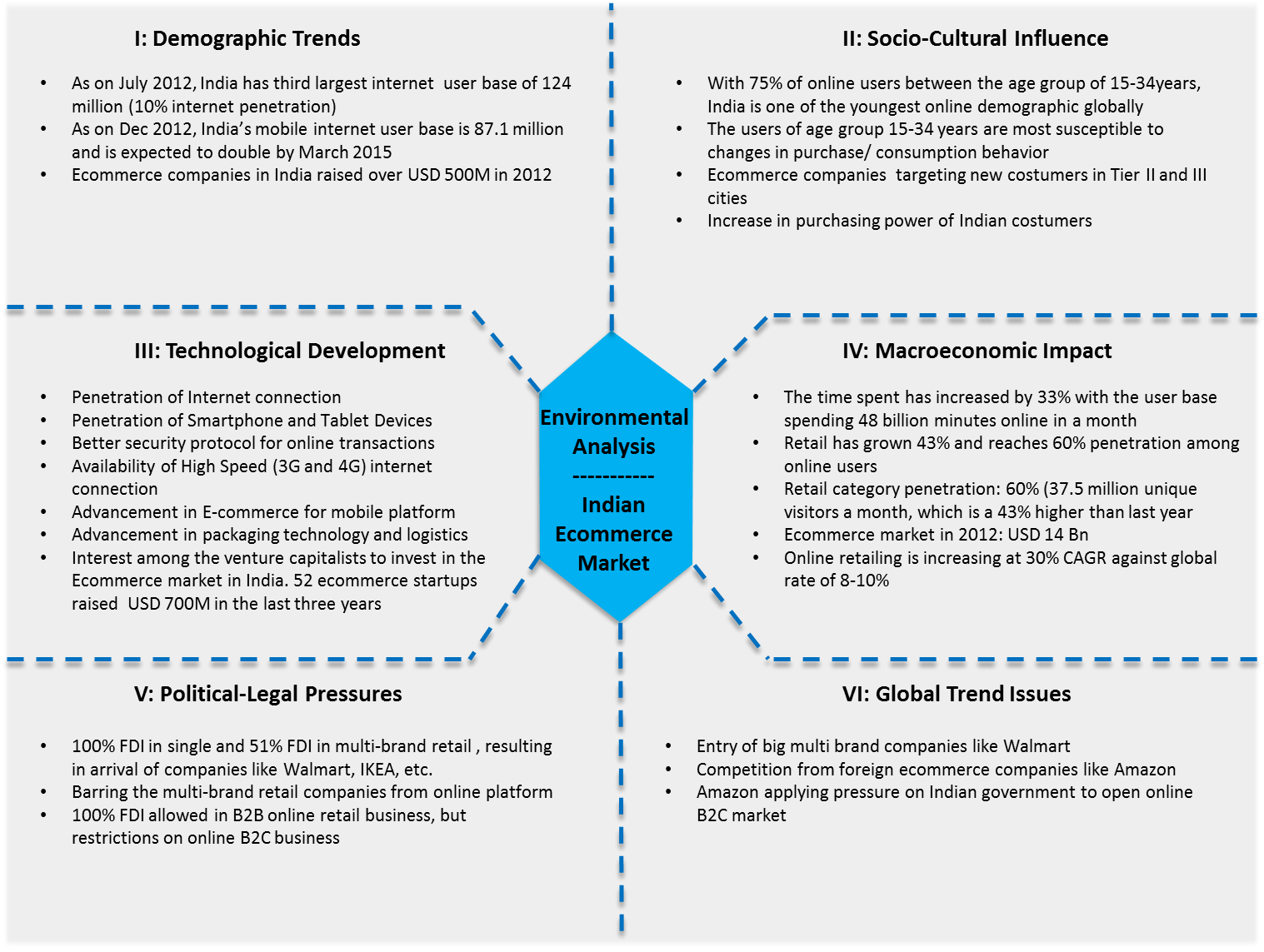EcoBus :: The Amalgamation of Alternative Energy Sources
Buses are a city’s lifeline. A
city is served by thousands of buses, which ply for most of the day, every day.
Imagine the quantity of fuel it burns during this whole time. If we can make
the buses energy efficient, one can go a long way in saving some fuel.
But what if these buses can be
converted into traveling power station? Well, here are some methods through
which one can harness nature (and more) to generate electricity.
I Energy
through Sunlight
Let me first list a few kinds of
solar cells and their characteristics which can be used for our purpose. Then
we can see how they can be applied in this case.
1) Normal
solar cells: The most common type of solar cell is photovoltaic cells which
are made of silicon. I won’t into the details of its working (you can Google it)
but let me tell you about some recent developments in this case. Some
researchers have claimed that they have achieved more than 40% efficiency when
it comes to conventional photovoltaic cells (PV). A company called Semiprius
have been able to make highly efficient cells (of 41% efficiency, last heard)
using transfer printing technology, which can make very tiny solar cells (size
of a ball point pen tip). What’s more? The company claims that they can lower
the price of the cells substantially.
2) Transparent
Solar cells: Next in the line, comes the transparent solar cell. I guess the
advantages and disadvantages are naturally clear. Anyway, the upside is that
this kind of solar cells can be used on the windows without significantly lowering
the visibility. However, it currently generates only 20% of traditional solar
cells (thanks to lower density for maintaining ‘transparency’). These
characteristics also make such solar cells cheaper. Many different technologies
are being used to make transparent solar cells… but the bottom-line is
application. In future, nanotechnology is going to play a major role in this
area.
3) Dye
synthesized Solar Cells (Gratzel’s Cell): This is a very recent technology,
compared to the two above. Developed by Michael Gratzel, this cell consists of
titanium dioxide in place of silicon. Titanium Dioxide, when coated with a dye
which absorbs a wide range of wavelength from sunlight offer higher efficiency
at lower cost! The working of this cell differs from PV cells, which
contributes to its being more efficient. Now here comes the interesting part. One
can choose dyes according to what color, he cells should be responsive to.
Interesting thing is that you can even dye it with a material which makes it
sensitive to near infrared waves. This would let visible light pass through it
and make the module look like a normal window. So, can multiple layers of
similar cells harness different bands of wavelength? Consult a scientist for
that…
Application
Solar Cells on the Roof: The
roof of the bus is the biggest area, which does get direct sunlight almost all
the time. So, covering it with solar cells would generate a noticeable amount
of electricity. Now, what kind of solar module can be used? With my limited
knowledge of various kinds of solar cells, here are some of the ideas. One can
use a normal PV cell to cover the whole area. But they are (comparatively)
expensive. So let’s go to this alternative. Make a two layer gratzel cell. The
upper layer would have the cell, which absorbs near infrared waves. As we
discussed earlier, such a module is ‘transparent’, the lower can be made with a
dye which absorbs longest band of wavelength. The gratzel cells were already
more efficient than PV cells, but we have, just now, almost doubled the generation
of electricity from the same area…
Moreover, these cells have to be
specially designed, so that sun’s heat can also be used to generate electricity
(through seebeck effect). This phenomenon is discussed later.
Solar cells on the windows:
A bus has a very high area of windows (stating the obvious). There are two kinds
of solar cells which can be applied over them. One is the transparent solar
cells and other is near infrared dyed gratzel cells. Now think of this. Apply
the gratzel cells on the outer layer. It will absorb near infrared wavelength (will
it, in effect, cool down the interiors by absorbing this infrared rays? Dunno,
maybe). It will allow the visible light through the glass. The inner side can
have the ‘transparent’ solar cells generating more electricity. Déjà Vu,
anybody?
II Energy
through Wind
Ever saw the wind vane kind of
thing on the buses… rotating madly while the bus drives away? Now imagine a lot
of them on one single bus. And think that each such wind vane is connected to a
dynamo, which in turn generates electricity. Funny visual, isn’t it? Well it
might not be very effective this way in generating respectable amount of
electricity anyway…
So how about this… think of a
wind tunnel, which open across the breadth of the bus front, is rectangle in
shape and narrows as it reaches the end of the bus across its length. From the
top, it would look like cross section of wind instrument like a shehnai… wide
in front and narrow in back (see the figure. The blue part is the wind tunnel).
Now, when the bus is moving at, say, 40-50 km/hr; the wind is going in at
roughly the same velocity. Unstoppable flow of air from front and other side being
narrow would increase the wind velocity significantly (think about Bernoulli effect,
continuum mechanics, etc.). The turbines (as shown in diagram) would rotate to
generate electricity. The above diagram is a very rough idea of the actual wind
tunnel. I am sure there are experts and designers, who can make a wind path
which cannot only maximize the effect of wind energy on the turbine blades, but
can also employ more than one turbine.
There is one disadvantage which
might crop up here i.e. the interference of birds. What if some bird goes
through the wind tunnel and…
One can use some kind of repeller.
Maybe the birds get repelled by some kind of noise… just wondering…
III Energy
through Change in Temperature
Thermoelectric Effect: The thermoelectric effect
is the direct conversion of temperature differences to electric voltage and
vice-versa. A thermoelectric device creates a voltage when there is a different
temperature on each side. At the atomic scale, an applied temperature gradient
causes charge carriers in the material to diffuse from the hot side to the cold
side, similar to a classical gas that expands when heated; hence inducing a
thermal current.
Seebeck Effect: The Seebeck effect is a phenomenon in which a
temperature difference between two dissimilar electrical conductors or
semiconductors produces a voltage difference between the two substances. When
heat is applied to one of the two conductors or semiconductors, heated
electrons flow toward the cooler one. If the pair is connected through an
electrical circuit, direct current (DC) flows through that circuit.
The voltage created by this effect is of the order of
several microvolts per kelvin difference. One such combination,
copper-constantan, has a Seebeck coefficient of 41 microvolts per kelvin at
room temperature.
Now consider this: a certain kind of super lattice
structure [(SrTiO3)x/(SrTi0.8Nb0.2O3)1]20 (x=0–50)
has a seebeck coefficient of 300uV/K at room temperature and 450uV/K at 900K!!
If this kind of material is used in making the
thermocouple, one can get many volts of electricity. What’s more? Numerous such
devices can be connected in series to increase the output voltage or in
parallel to increase the maximum deliverable current. Large arrays of
Seebeck-effect devices can provide useful source of electrical power if a large
temperature difference is maintained across the junctions.
Deployment of the thermocouple
The roof of the bus is usually the part which is most
exposed to the heat from the sun. The coolest part might be the bottom of the
bus or beneath the benches. Creating a thermocouple between these places can
effectively give a temperature difference of (maybe) 30-40 degree Celsius. At
300uV/K, the maximum possible voltage from just one loop would be around 12V.
Amazing, isn’t it? Think how much electricity can be generated if it placed across
the whole bus.
IV Energy from the Pressure of
Footfalls
Piezoelectricity is the
charge that accumulates in certain solid in response to applied mechanical
stress. The word piezoelectricity means electricity resulting from
pressure. The piezoelectric effect is understood as the linear
electromechanical interaction between the mechanical and the electrical state
in crystalline materials with no inversion symmetry.
The piezoelectric effect
is a reversible process in that materials exhibiting the direct piezoelectric
effect (the internal generation of electrical charge resulting from an applied
mechanical force) also exhibit the reverse piezoelectric effect (the internal
generation of a mechanical strain resulting from an applied electrical field).
There are many naturally occurring
and synthetic piezoelectric materials available. Of these, PZT (Lead-Zirconate
Titanate), a crystalline material that contains lead, zirconium and titanium,
and is the best piezoelectric material known. The charge sensitivity of PZT is
350 picoCoulombs per Newton (pC/N) contrasted to 2.2 pC/N for quartz.
Deployment of the Piezoelectric Material
Think where you would find the
most footfalls or pressure in the bus. The most amounts of footfalls will be
observed in the middle of the two rows of benches, the place where most people stand
while traveling. The second position would go to floor below the benches… not
sure whether setting piezoelectric material would be profitable or not but it
would create a lot of electricity in the former position.
These are some of the ideas
through which a bus can generate a huge amount of energy. Though it might still
not be enough to power the buses, just think of all the other uses this
electricity can be put to. There might be many other ways in which more power
can be obtained. Please comment if you can think of any or come across one…



















Comments